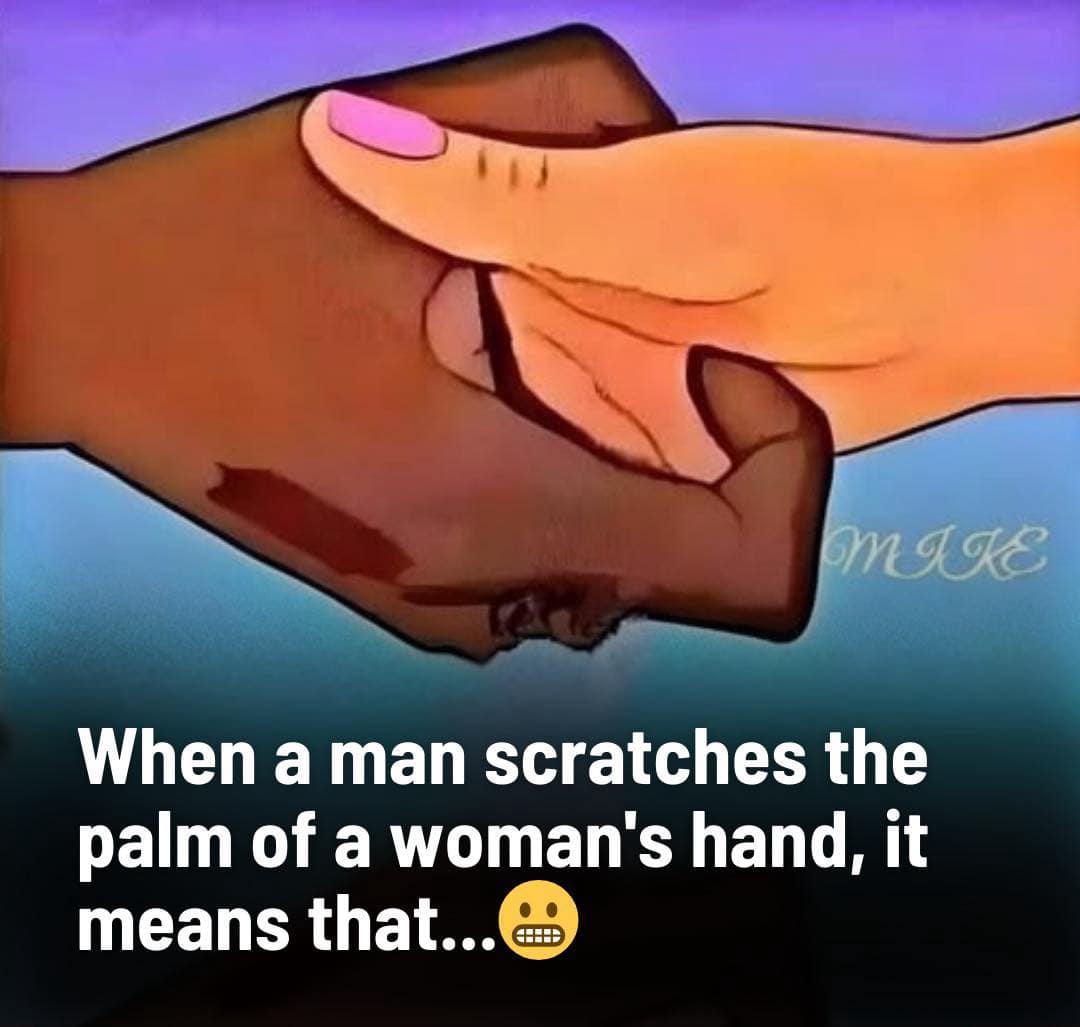
In the world of nonverbal communication, small gestures can carry significant meanings. From subtle glances to the way hands are held, body language often conveys thoughts and emotions that words fail to express. One such gesture that has intrigued many is when a man scratches a woman’s palm during a handshake or touch. What does this action signify? Is it an innocent, accidental movement, or does it have deeper implications?
Let’s explore the possible interpretations of this intriguing gesture, how it has been perceived culturally, and what you should consider if you ever encounter it.
The Cultural Significance of Hand Gestures
In many cultures, handshakes and other forms of physical touch are more than just greetings—they are ways of expressing respect, familiarity, or emotion. While a firm handshake generally conveys confidence, a soft handshake might indicate shyness or hesitation. Adding a scratch or other deliberate movement to the palm transforms a simple handshake into something more intimate and layered with meaning.
In some social circles and cultural contexts, scratching a person’s palm during a handshake is believed to be a flirtatious gesture. It’s considered a nonverbal cue to indicate romantic or physical interest. The idea is that the act of lightly scratching the palm adds a tactile element to the handshake, subtly drawing attention to the interaction and sparking curiosity or intrigue in the recipient.
The Possible Meanings Behind the Gesture
-
- Romantic Interest
One of the most common interpretations of a man scratching a woman’s palm is that he is expressing romantic or physical attraction. The palm is a sensitive area of the body, and lightly scratching it during a handshake can be a way to convey a subtle, flirtatious message without saying anything outright. - Playfulness or Humor
Sometimes, the gesture may not carry romantic intent but could simply be a playful action. For example, a man might scratch a woman’s palm as a lighthearted or humorous way to stand out and make her smile. This context largely depends on the personalities involved and the tone of their interaction.
- Romantic Interest
- Cultural or Local Custom
In certain communities, the gesture of scratching someone’s palm might carry a meaning specific to that group. It could symbolize friendship, camaraderie, or a private joke shared among acquaintances. If you’re unfamiliar with the culture or group dynamics, it’s always a good idea to observe and ask questions to understand the context. - Unintentional or Habitual Action
Not every palm scratch is deliberate or meaningful. It could simply be an unconscious movement or a habit the person has developed. In such cases, the gesture might not carry any significance at all. Observing the individual’s behavior in other interactions can help determine whether it was intentional.
How to Interpret the Gesture
If you find yourself wondering about the intent behind a man scratching your palm, consider the following factors:
- Context: The environment and situation in which the gesture occurred play a significant role. Was it during a formal meeting, a casual gathering, or a flirtatious conversation? Context can provide clues about the intent.
- Body Language: Look at the person’s overall body language. Are they making prolonged eye contact, leaning in closer, or displaying other signs of attraction? If so, the gesture might have romantic undertones. If their demeanor is neutral or professional, it might have been unintentional.
- Personal Comfort: Your comfort level is crucial. If the gesture made you feel uneasy or confused, it’s okay to address it. A lighthearted comment such as, “Was that part of the handshake?” can help clarify the intent without causing awkwardness.
- Cultural Knowledge: If you’re in an unfamiliar cultural setting, research or ask trusted locals about the significance of such gestures. What seems unusual to you might be a common custom in their culture.
What Should You Do If It Happens to You?
How you respond depends on how you perceive the gesture and the person who did it. If you’re comfortable and interested in the individual, you might reciprocate with a smile or engage in further conversation. If the gesture feels unwelcome or inappropriate, it’s essential to set boundaries. Politely withdrawing your hand or addressing the action directly can send a clear message about your comfort level.
For instance, you might say, “That’s an interesting handshake—what’s the story behind it?” This approach gives the person an opportunity to explain themselves while keeping the tone light and conversational.
A Gesture Open to Interpretation
While a man scratching a woman’s palm may sometimes be a flirtatious or playful gesture, it’s important not to jump to conclusions. Context, body language, and cultural norms all contribute to understanding the meaning behind this action. Whether it’s a sign of attraction or simply an unconscious movement, the key is to approach the situation with curiosity and confidence.
At the end of the day, communication—both verbal and nonverbal—is about connection. Pay attention to the overall interaction, trust your instincts, and remember that you have the power to steer any conversation or encounter in a direction that feels right for you.
